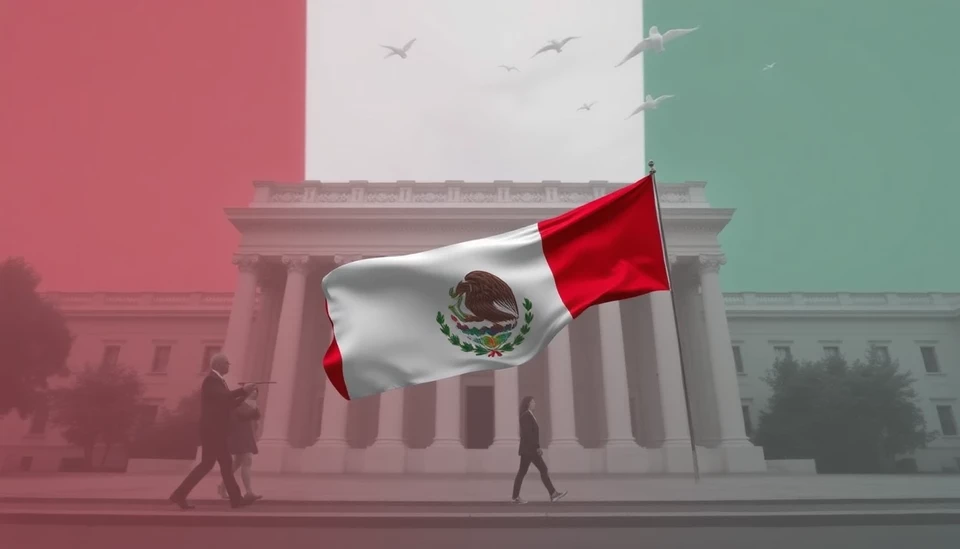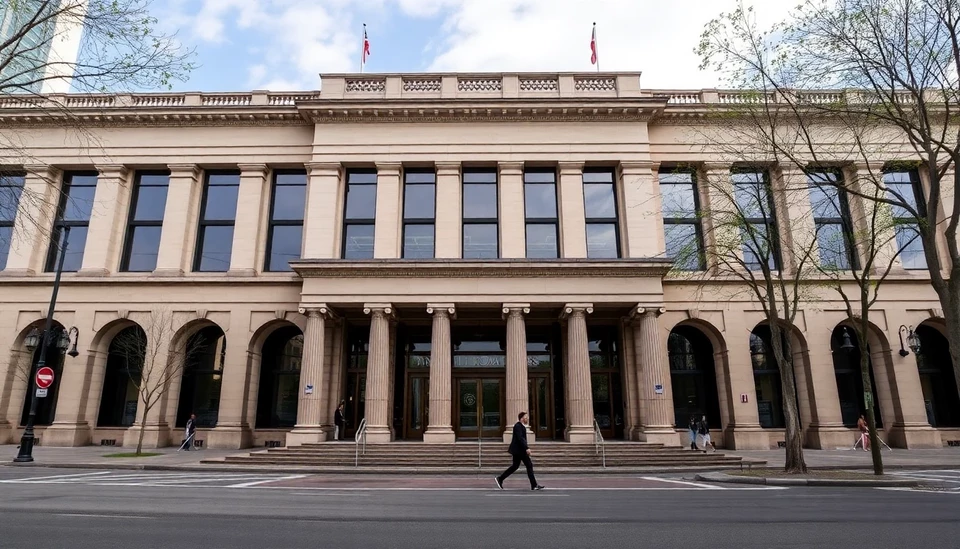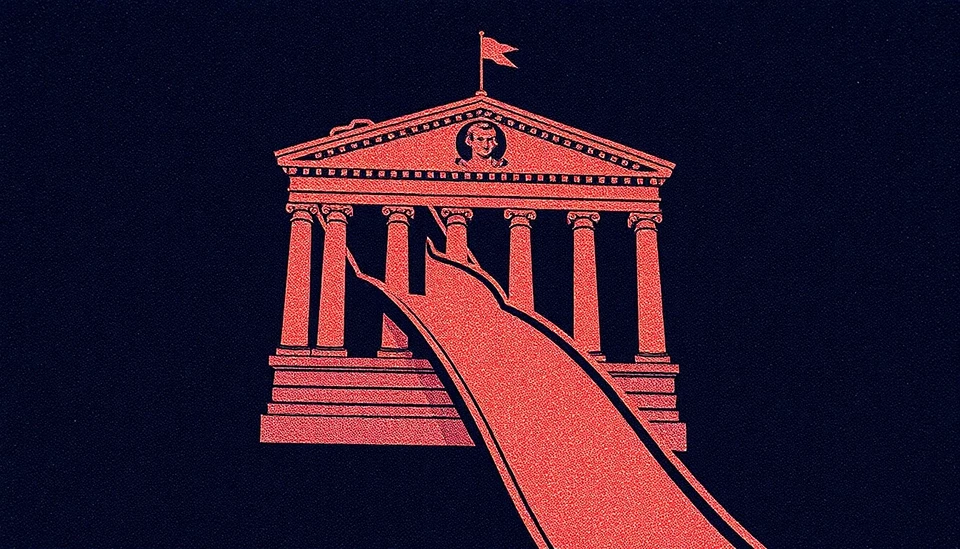
The economic landscape in the United States is increasingly challenging for low-income Americans, as the dual forces of inflation and tariffs compound financial difficulties. Recent reports reveal that a significant disparity exists between wage growth and rising costs, disproportionately affecting the budgets of vulnerable households.
According to data, prices for essential goods and services have surged, leaving many families grappling with higher expenses. The inflation rate has reached levels not seen in decades, driven by a host of factors including supply chain disruptions, increased consumer demand, and lingering effects from the pandemic. Low-income Americans, who typically spend a larger portion of their income on basic necessities, are particularly impacted as their purchasing power dwindles.
Adding to the financial strain are tariffs imposed on an array of imported goods. These tariffs aim to protect domestic industries but inadvertently inflate costs for consumers. Items ranging from household supplies to food products have seen notable price hikes attributed to the extra charges, resulting in more burdensome financial obligations for lower-income households. The combination of rising prices and stagnant wages creates a suffocating environment, forcing many to make difficult choices regarding their daily lives.
The situation is exacerbated for many workers in low-wage jobs, where wage increases have not kept pace with inflation. While some sectors have seen modest wage growth, it remains insufficient to counterbalance the rising costs of living. Families already struggling to make ends meet are now challenged further, as they find their earnings stretched thinner with every grocery trip and essential purchase.
A recent analysis highlights the stark reality faced by low-income communities. With budgeting for essentials becoming more challenging, some families are forced to forgo vital services and basic comforts. Experts warn that this trend could have long-lasting ramifications on overall economic stability and public health, as financial stress often leads to poorer health outcomes and diminished quality of life.
Policy experts emphasize the need for a comprehensive approach to address these issues. Economic reforms that nurture wage growth, along with targeted assistance programs, are essential to mitigate the effects of tariffs and inflation on the most vulnerable populations. Additionally, reducing or eliminating harmful tariffs could provide immediate relief by lowering the costs of everyday items for consumers.
The rising economic pressures make it crucial for policymakers, advocacy groups, and community organizations to come together and make strides toward solutions that safeguard the welfare of low-income Americans. As the nation navigates the complexities of its economic recovery, the spotlight remains on addressing the plight faced by those hardest hit by inflation and the impact of tariffs.
In an era where inequalities can significantly shape the economic narrative, it is vital that the focus shifts to restoring balance and empowering those most affected. As prices continue to rise, the resilience of American families will be tested, and thoughtful interventions are needed now more than ever.
#inflation #tariffs #lowincome #economy #costofliving #financialstruggles #economicpolicy #wagegrowth
Author: Daniel Foster




